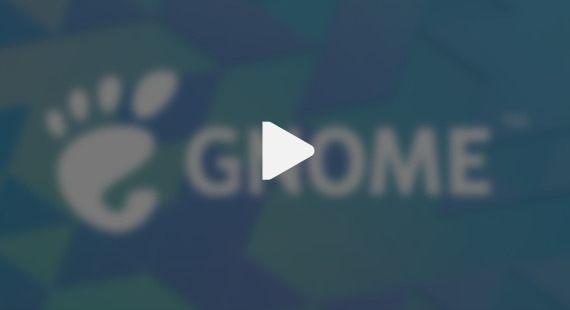Since last blog post there’s been two Developer Center meetings held in coordination with LAS GNOME Sunday the 9th September and again Friday the 21st September. Unfortunately I couldn’t attend the LAS GNOME meeting, but I’ll cover the general progress made here.
Test Instances Status
In the previous meetings we have been evaluating 4 possible technologies namely Sphinx, Django, Vuepress and HotDoc. Since then, the progress made in the development of these proposals has varied considerably. We got feedback from Christoph Reiter on the feasibility of using Sphinx and currently there are no efforts going towards making a test instance here. Michael was unsure he could commit the time to the Django proposal and suggests instead either Vuepress or HotDoc. For this reason the Sphinx and Django proposals have been closed off for now.
HotDoc has lately seen a lot of development by Matthieu and Thiblahute. A rough port of the Mallard-based gnome-devel-docs was demonstrated at the LAS GNOME call, so you can now for example find the Human Interface Guidelines in Markdown. Of course, there is still a long way to go, but this is a good first milestone to reach and HotDoc is the first of all the test instances to reach it. Matthieu also gave answers to criterias formulated in my previous blog post.
The main concern of HotDoc has been maintainability and the general small scale of the community surrounding it. On the other hand, Evan appears to be busy and Vuepress haven’t received attention since its initial proposal. As the choice narrows, we intend to give the test instances a last small window of time to gain activity. Simultaneously we have started to focus the short-term future efforts on improving the HotDoc test instance with Matthieu and Thiblahute.
Initial Content-plan
The second item discussed at the meeting was an initial content plan. Prior to the meeting I worked out how this content plan could look like based on Allan’s initial design. This is a summary of the proposed short-term plan:
- The API Reference will explorable through the current gtk-doc static HTML and External API references will be linked where relevant.
- The HIG will be ported to Markdown and maintenance from there continues in Markdown, see next bullet.
- The tutorials section would consist of hand-ported GNOME Wiki HowDoIs and auto-ported GNOME Devel Docs. The GNOME Devel Docs repository would be ported at once to Markdown and reviewed. An announcement to the GNOME Docs mailing list when this happens. From that point on, documentation writers would be encouraged to continue edits directly through the new test instance.
- The Distribute section will initially link to Flatpak’s Developer Documentation.
- The Technologies overview will link to the corresponding GNOME.org page.
- The Get Involved page will link to the GNOME Newcomer Guide on the GNOME Wiki.
- Finally there is the GNOME Development Guide section, but this I would personally rather propose to merge with Tutorials.
There are a lot more question marks and wish thinking concerning the long-term plan, but you can read and comment on both short-term and long-term content plans in the Gitlab issue.
Next Steps
I will soon open a new framadate for a Developer Center meeting. For those interested in helping with the HotDoc test instance, feel free to file issues against it or join the discussion in the HotDoc Instance proposal. Personally I will try to get HotDoc running locally on my machine and review the current site structure so it matches closer to Allan’s proposal. I will also try to help Thiblahute with writing a migration guide from GtkDoc to HotDoc.
Reviewing the ported GNOME Devel Docs material itself is still too early, but if you would like to contribute in other ways, let us know!

